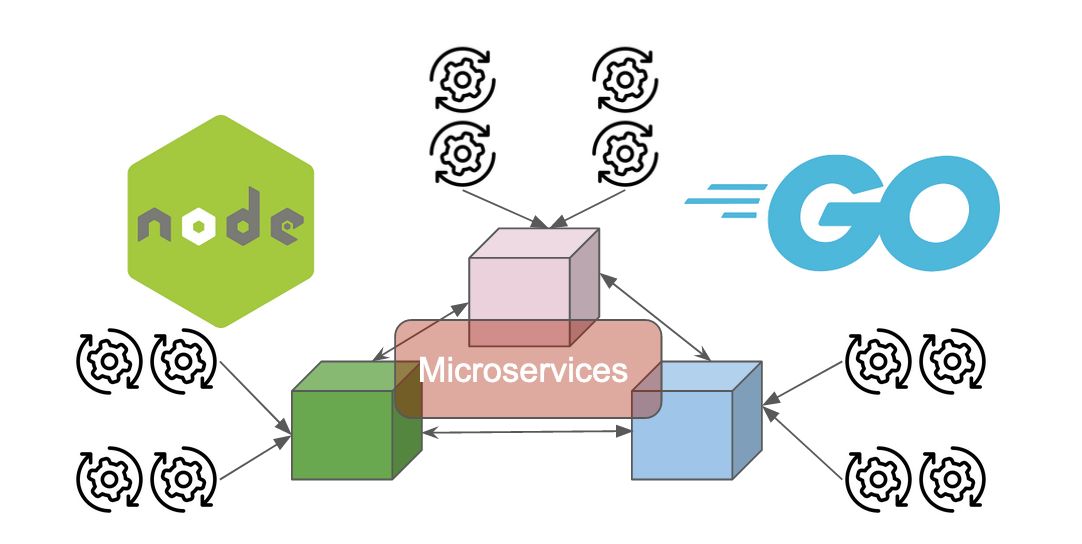Microservices are very popular today, even in traditional corporate IT shops. Often though they are implemented using languages, such as Java, born in the early ’90s and designed for a world of monolithic applications. Do you remember the big old Application Servers?
Ignoring the programming platforms developed in the last ten years can lead to sub-optimal results and high run costs when adopting Microservices
The last decade has seen the rise of new programming platforms, all aimed to provide a better support to “modern distributed computing”, which is at the basis of Microservices. Such technologies promise to optimise the costs of infrastructure and address efficiently the ever increasing workloads generated by the digital revolution.
Moreover, with the advent of Containers, developers can “write in whatever language they want and run everywhere”, making the original Java proposition, “write once, run everywhere,” much less relevant.
Ignoring such advancements in the application development space can lead to sub-optimal results when adopting Microservices based architectures.
The focus of this post is on 2 of such technologies, Node and Go. Why those? I was intrigued by a sort of strange fact: they share the same date of birth, I mean almost the same day. And maybe not by chance.
November 2009, almost 15 years after the release of Java
On November 8, 2009 Ryan Dahl presented for the first time Node, an open source platform to run Javascript (and now Typescript as well) on the server.
#programming #coding #golang #nodejs #node #javascript #microservices #google
